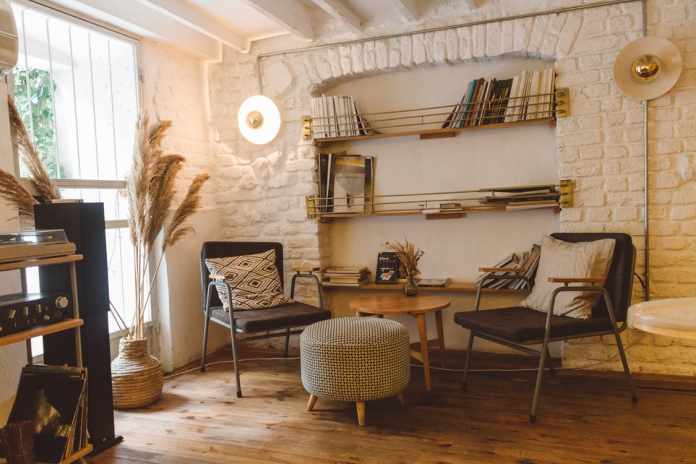DIY is a great way to give your home a makeover without spending too much money. Thousands of people take on DIY projects each and every year, but not all new DIYers are safety conscious or take the necessary steps to avoid injuries. Whether you’ve dabbled in building a shelving unit before or are about to start your very first home improvement project, this blog has some essential safety tips you can’t afford to miss. Here are some ways you can protect yourself:-DIY around the home
Table of Contents
Wear safety glasses
Very few first-time DIYers think to invest in safety glasses, but your eyes can be very vulnerable to injury when you’re drilling, sawing, or hammering away. Bits of sawdust or debris can easily fly into your eyes when you’re working, no matter how experienced you are. Injuries to your eyes can be serious, so you need glasses that are strong enough to keep the danger away. If you wear prescription glasses, safety glasses that are tailored to your unique needs are even more important, as a blurry workspace is an unsafe workspace. You can find the best variety of prescription safety glasses online, so start your search before you begin work on your home.
Invest in the right tools
High-quality tools will be much less likely to malfunction or cause injuries than cheap tools. If you don’t want to buy tools for a one-off project, there are lots of places where you can hire them from for a short period of time. Alternatively, ask friends or family members if they have any tools lying around that you could borrow. Always make sure that tools are sharp and have an up-to-date electrical certificate if you’re going to be plugging them in.
Learn some basic skills
If you’ve never used tools before and aren’t sure where to begin with sawing a piece of wood in two, make sure you find a tutorial or an instructor to show you the ropes. More experienced DIYers will know all the tips and tricks you need to stay safe. Failing to follow instructions can quickly lead to accidents, which means you should always read instruction booklets that come with your tools too. If you’re worried about catching your fingers when sawing or hammering, buy some safety gloves that give your hands some extra protection.
Buy a first-aid kit
Cuts and scrapes are sometimes inevitable, especially if you’re still getting used to doing DIY. The best way to address any injuries that occur is to have a first-aid kit on hand. You’ll be able to quickly stop any bleeding and apply antiseptic creams and ointments to reduce your risk of infection. Occasionally, more serious injuries do occur despite our best efforts to prevent them. A first-aid kit will serve you well until you can find a doctor to treat you.
DIY can be a lot of fun and, in most cases, isn’t dangerous at all. Don’t let safety concerns stop you from trying out a new project – just make sure you’re prepared and understand exactly how you can avoid accidents.

















